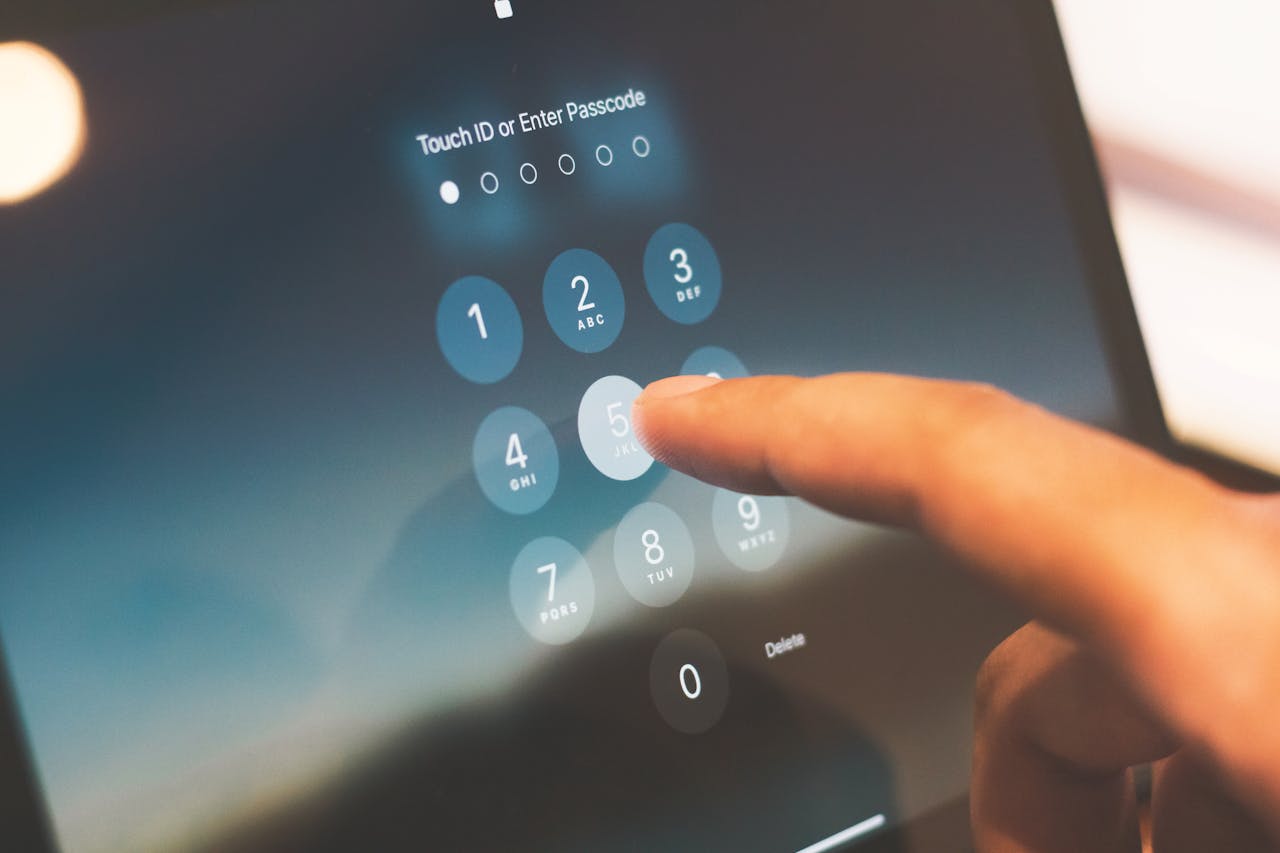VeraCrypt: The Open-Source Encryption Tool You Can Trust
In today’s world of digital surveillance, data breaches, and privacy invasions, encrypting your data is not optional – it is essential. One of the best tools available for this is VeraCrypt, a powerful open-source encryption software that protects your files, drives, and entire systems.
Why Choose VeraCrypt?
1. It’s Open Source
Unlike proprietary encryption software, VeraCrypt is completely open source. This means its entire code is available to the public for review, audit, and improvement. No hidden code, no secret backdoors, and no dependence on a company’s promises. Security experts and independent researchers continuously audit VeraCrypt to ensure its safety and transparency.
2. No Backdoors
Because VeraCrypt’s source code is public, it is nearly impossible for any government or organization to secretly insert a backdoor without being detected. Proprietary software could potentially hide backdoors in closed code, putting your data at risk. With VeraCrypt, you know exactly what is protecting your data.
How Does VeraCrypt Keep Your Data Safe?
VeraCrypt uses strong encryption algorithms to secure your data. The most common and recommended is AES (Advanced Encryption Standard).
Understanding AES Encryption
AES is a symmetric encryption algorithm, meaning the same key is used to encrypt and decrypt data. It was established as the encryption standard by the U.S. National Institute of Standards and Technology (NIST) in 2001 after a rigorous selection process to replace the older DES standard.
How AES Works (Simplified):
Rounds: Depending on the key size, AES performs 10 (128-bit), 12 (192-bit), or 14 (256-bit) rounds of encryption operations, each adding complexity to make the ciphertext unbreakable without the key.
Key Sizes: AES uses 128-bit, 192-bit, or 256-bit keys. VeraCrypt commonly uses AES-256, offering extremely strong security.
Block Cipher: AES encrypts data in 128-bit blocks, transforming plaintext into ciphertext through multiple rounds of substitution, permutation, and mixing with the encryption key.
Why is AES So Secure?
- Brute Force Resistance: Even with the world’s fastest supercomputers, it would take billions of years to crack AES-256 by brute force.
- Mathematical Strength: AES has withstood extensive cryptanalysis by experts worldwide since its adoption, with no practical attacks against its full implementation.
- Speed and Efficiency: AES provides strong encryption without significantly slowing down your system, making it ideal for daily use.
Conclusion
If you care about protecting your personal or business data, VeraCrypt is a top choice. Its open-source nature ensures transparency and freedom from hidden vulnerabilities, while AES encryption guarantees your data remains private and secure.
Whether you are encrypting sensitive client files, your entire hard drive, or just a personal folder, VeraCrypt gives you peace of mind knowing your data is protected by some of the most trusted encryption technology in the world.


